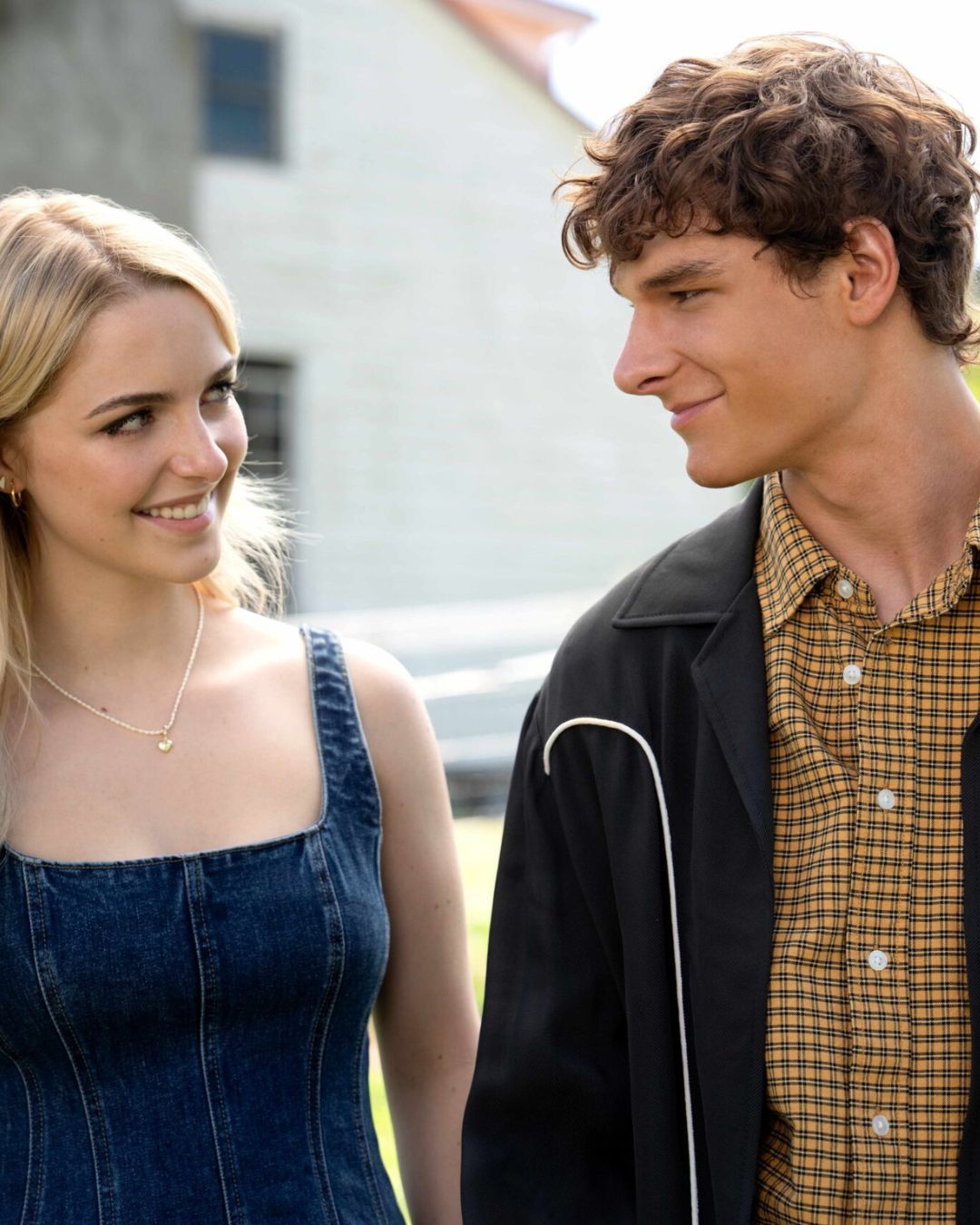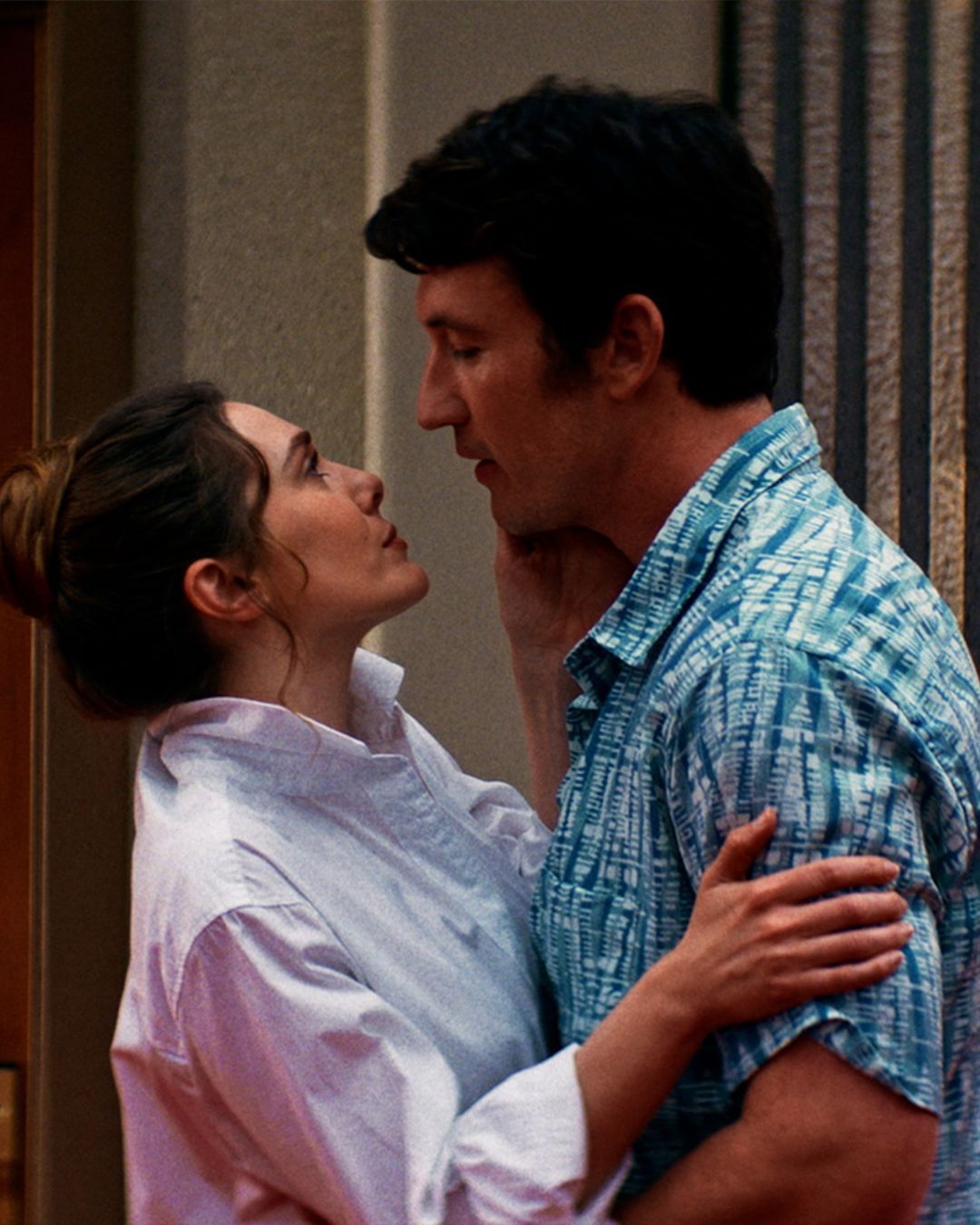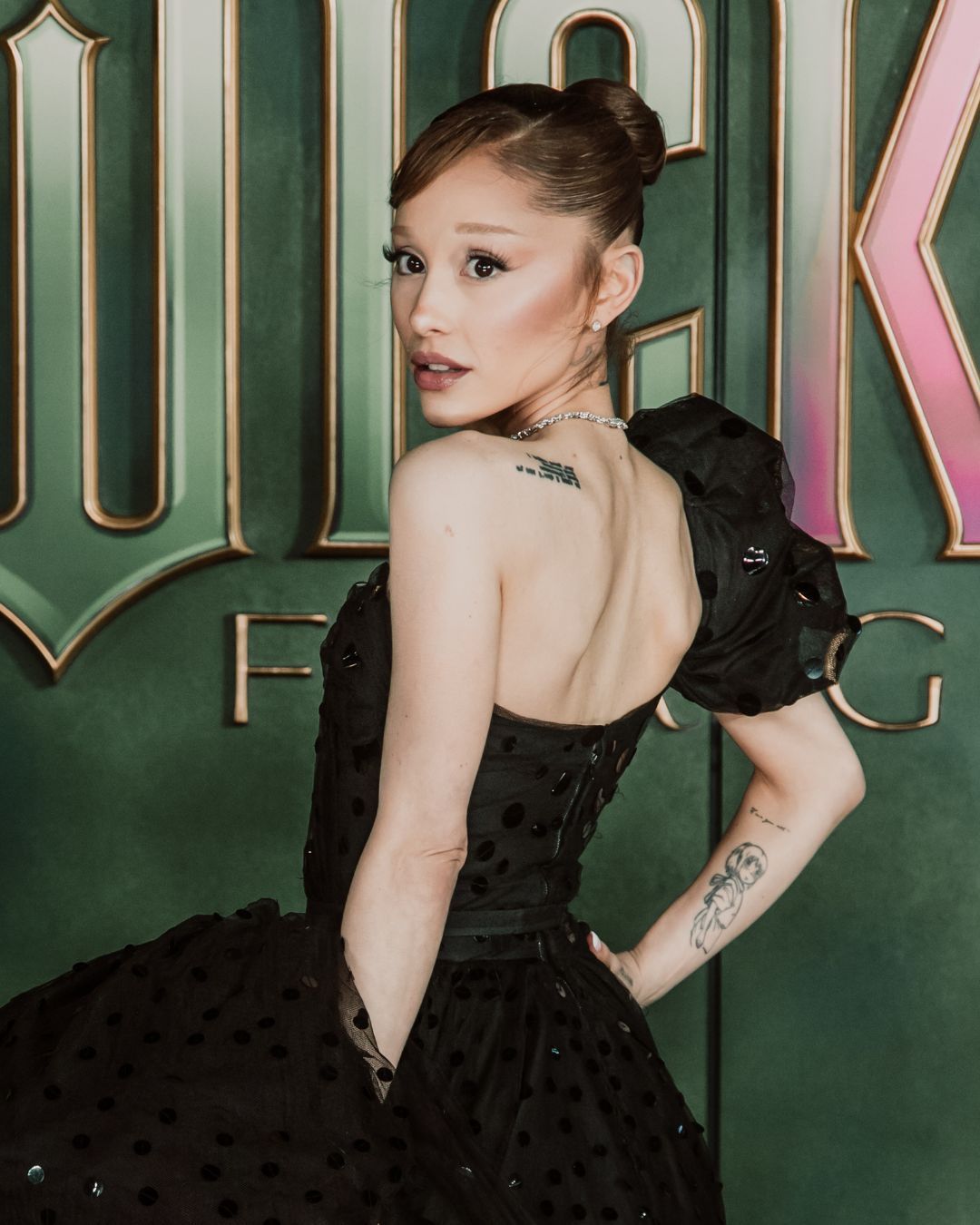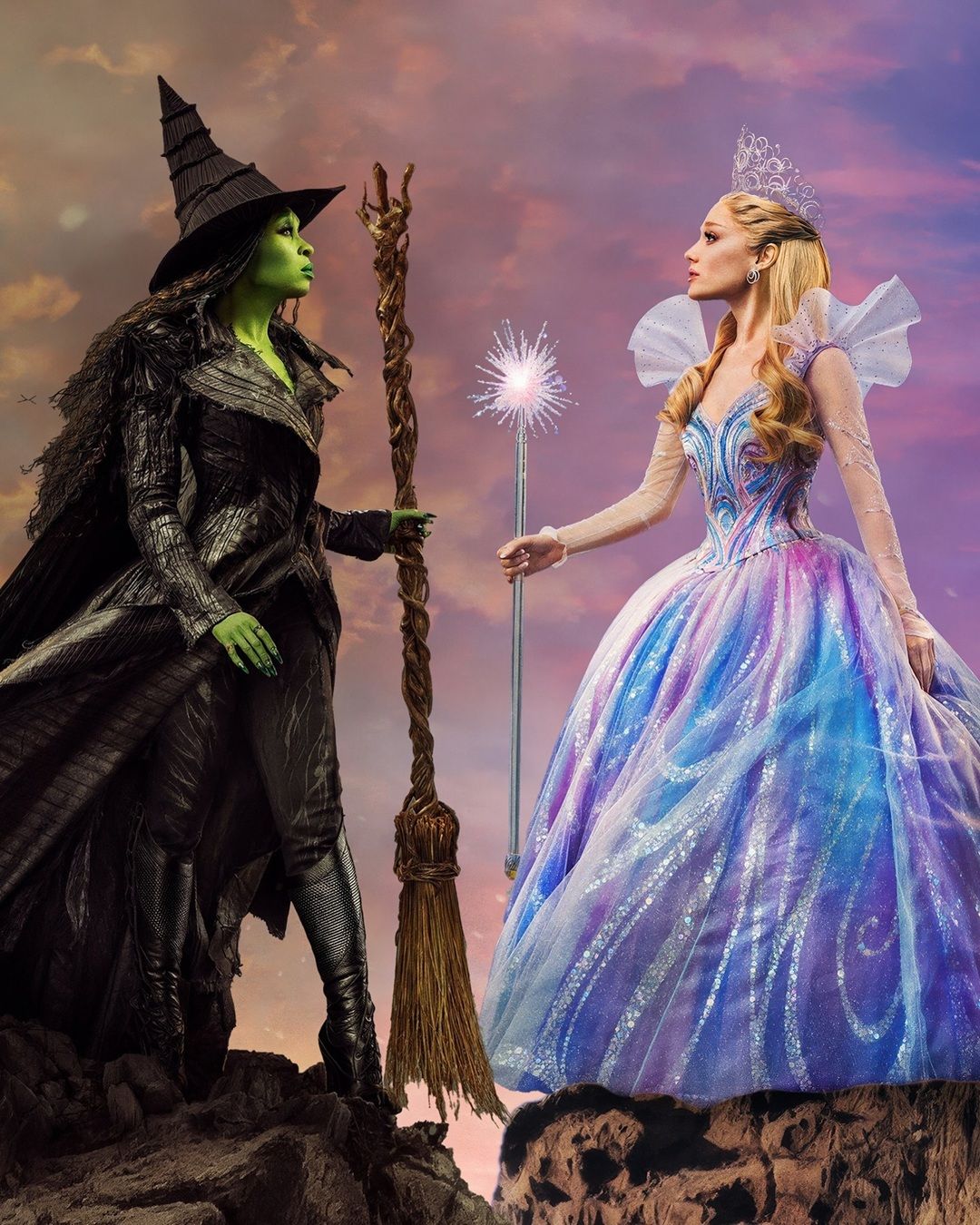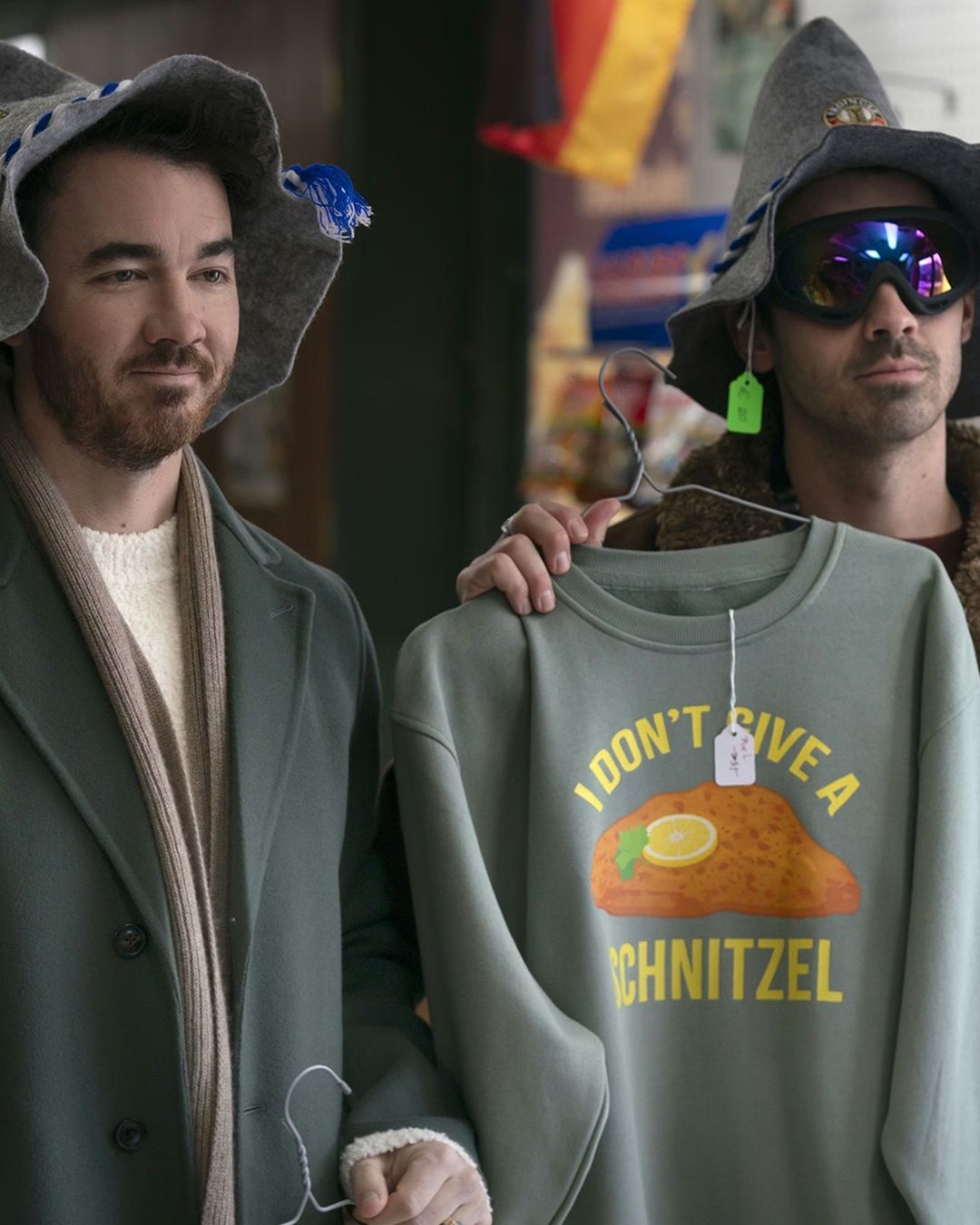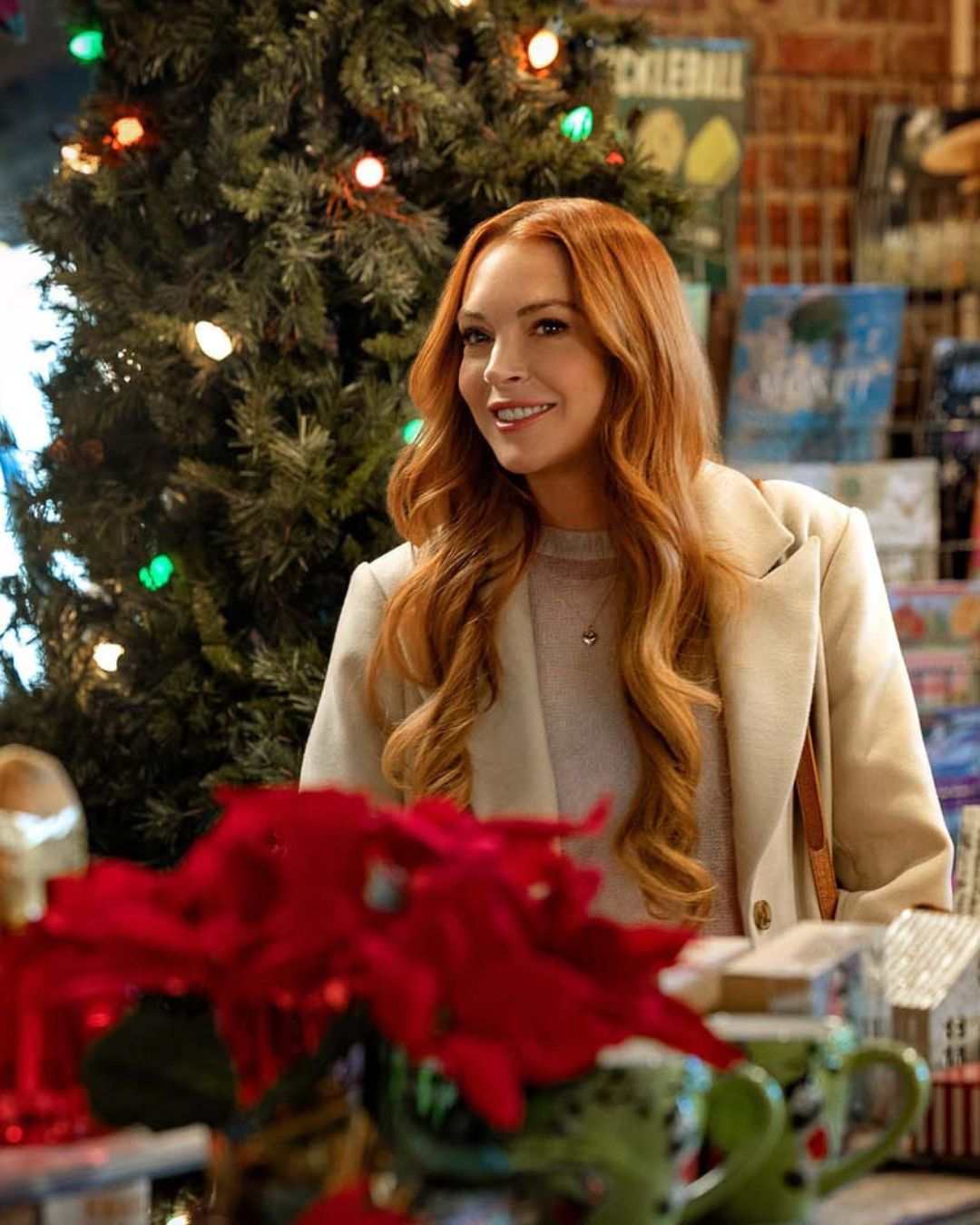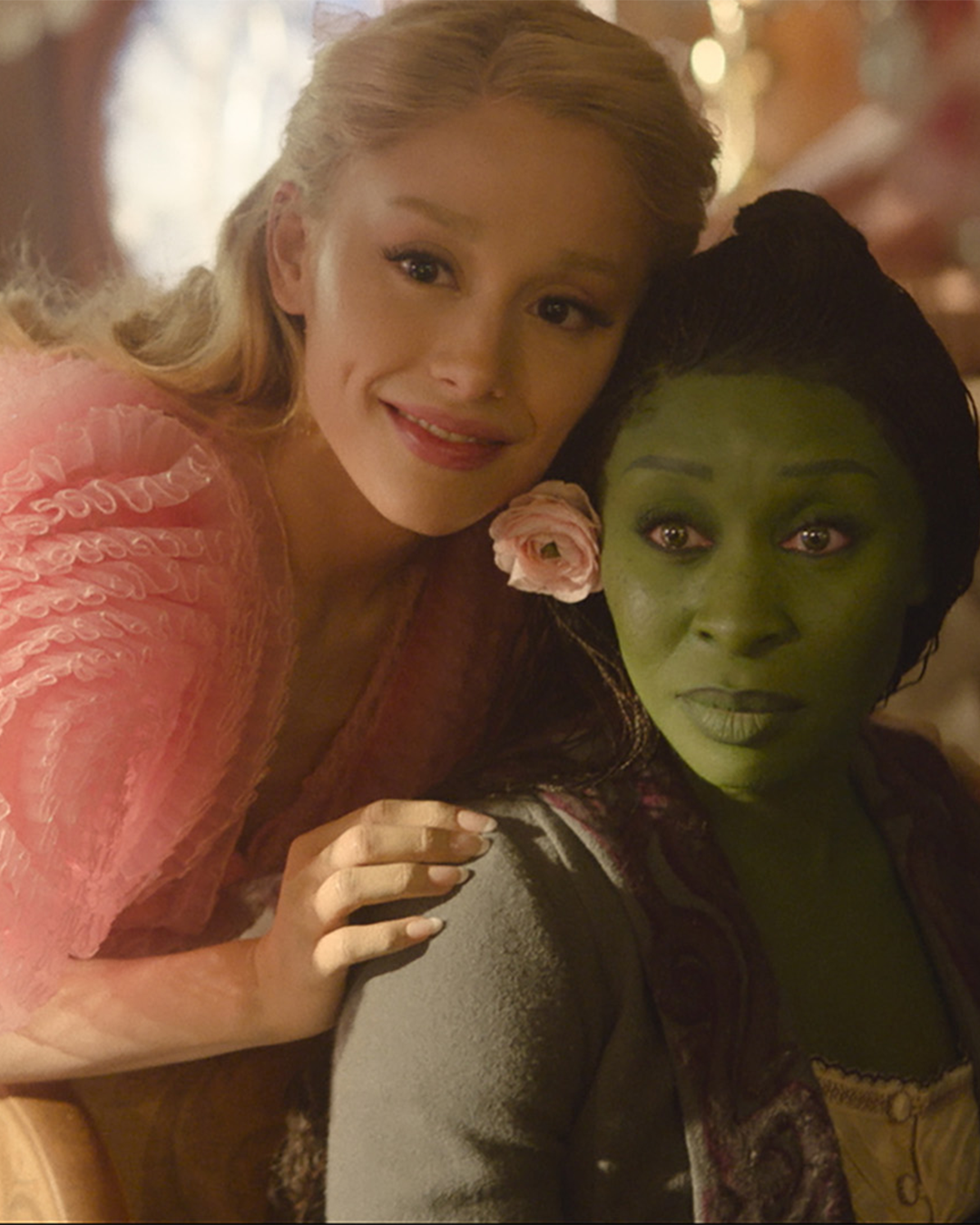
Wicked is much better than anyone could have ever expected Cynthia Erivo is an incredible Elphaba, but Ariana Grande is the real surprise
All stories are The Wizard of Oz. Every tale, every character, and every adventure is The Wizard of Oz. The Wizard of Oz defined the standard for literary and cinematic storytelling. It is the prose version of a theoretical text like Christopher Vogler’s The Writer’s Journey, which outlines how stories are constructed, what happens within them, and what is expected from a character’s growth. The 1900 novel The Wonderful Wizard of Oz by L. Frank Baum took us down the yellow brick road, where Judy Garland’s Dorothy Gale, the quintessential character of the Hollywood pantheon, walked, introducing us to the archetype of the protagonist in absolute terms. If The Wizard of Oz is the gold standard for creating a main character, Wicked is the other side of the coin. It is the creation of the "villain", the crafting of the antagonist as we have always superficially known them, detailing their past, actions, and the consequences that made them the villain of the story—the figure we root against while cheering for the hero. Every hero needs a nemesis to truly exist.
If The Wizard of Oz gave us Dorothy, then Wicked gifted us her opposite: The Wicked Witch of the West, later turned into a star by Broadway. Inspired by Gregory Maguire’s novel Wicked: The Life and Times of the Wicked Witch of the West, illustrated by Douglas Smith, the musical debuted in 2003 and achieved such acclaim that it became not only one of the most significant theatrical productions but also established a new tradition within Baum’s Oz mythology and the legacy of Victor Fleming’s 1939 film. This endeavor also gave villains three-dimensionality, turning them into protagonists while questioning the nature of evil—whether it is intrinsic or shaped by external factors—even in a fantastical world populated by talking animals, witches, and Munchkins. Wicked thus became a precursor of modernity, akin to Todd Phillips' Joker (the 2019 film, not the controversial 2024 sequel Folie à Deux), where the “other,” Arthur Fleck, afflicted with pseudobulbar syndrome, provides an explanation for how the character became “why so serious.” An in-depth exploration that goes beyond judgment and condemnation to uncover the truth behind the mask, contrasting today’s trend of portraying villains simply as they are, as seen in Disney’s live-action Cruella, starring Emma Stone.
IT’S WICKED WEEK !!!!!!!!!!!! pic.twitter.com/3tuvS8fwot
— ginny ceo of yours truly ! (@raindropsloki) November 18, 2024
Returning to the Emerald City of the magnificent world of Oz, Elphaba and Glinda are two young students at Shiz University, eager to learn the fundamentals of witchcraft, while reluctantly sharing their studies and a single dorm room. Elphaba is green (“I’m not seasick, nor did I eat grass as a child”, she clarifies defensively), universally disliked simply because she is different. Glinda is perfect in everything, always has been, and always will be (except, perhaps, in the magical arts, the one thing she truly cares about). Opposites who eventually become friends, the musical—and now the film directed by Jon M. Chu (Crazy Rich Asians, In the Heights)—fashions the Wicked Witch of the West, the same one childlike Dorothy defeats, into her villainous attire, “designing her that way”, to paraphrase another famous character. It’s remarkable how Maguire with his novel, and later Winnie Holzman and Stephen Schwartz with the Broadway and cinematic adaptations, meticulously crafted all the elements that shaped the image we hold of this iconic witch, the archetypal villain. And it is Glinda, her polar opposite and eventual friend, who equips Elphaba with the accessories we instantly associate with the witch: the ruby slippers, briefly visible yet present in the film, the pointed hat, and the cape trailing behind her as she flies on her broomstick (the latter being Elphaba’s own invention).
While Wicked weaves a universe that has become indispensable since its theatrical debut and is now in cinematic history, its cinematic rendition loses none of its theatrical magic, perfectly honoring the vision behind its spectacular adaptation. The colors are more vibrant than ever, fantasy and dance overflow in Jon M. Chu’s sequences, and each musical number feels like a live performance, compelling the audience to applaud as if truly at the theater. The 20-year wait for a film adaptation of Wicked was likely due to finding two actresses born for the roles of Elphaba and Glinda, and Cynthia Erivo and Ariana Grande are those actresses. With unmatched vocal prowess and screen-breaking charisma, they embody the “wicked” and “good” witches more than Baum, Maguire, or anyone else could have imagined, while respecting the iconic portrayals of Idina Menzel and Kristin Chenoweth, the original stars of the musical. With a well-cast ensemble and a dashing, confident Fiyero played by Jonathan Bailey, standout praise goes to Ariana Grande, who shatters expectations with her perfection—befitting Glinda’s character—surprising and delighting with every gesture, expression, or hair flip. Wicked, with its first part—the second is slated for November 2025—feels almost complete in itself, so satisfying is this single film. It concludes with a grand rendition of the iconic Defying Gravity, leaving us eagerly anticipating more from Oz’s magical world and the return of our favorite frenemies next year.



















































